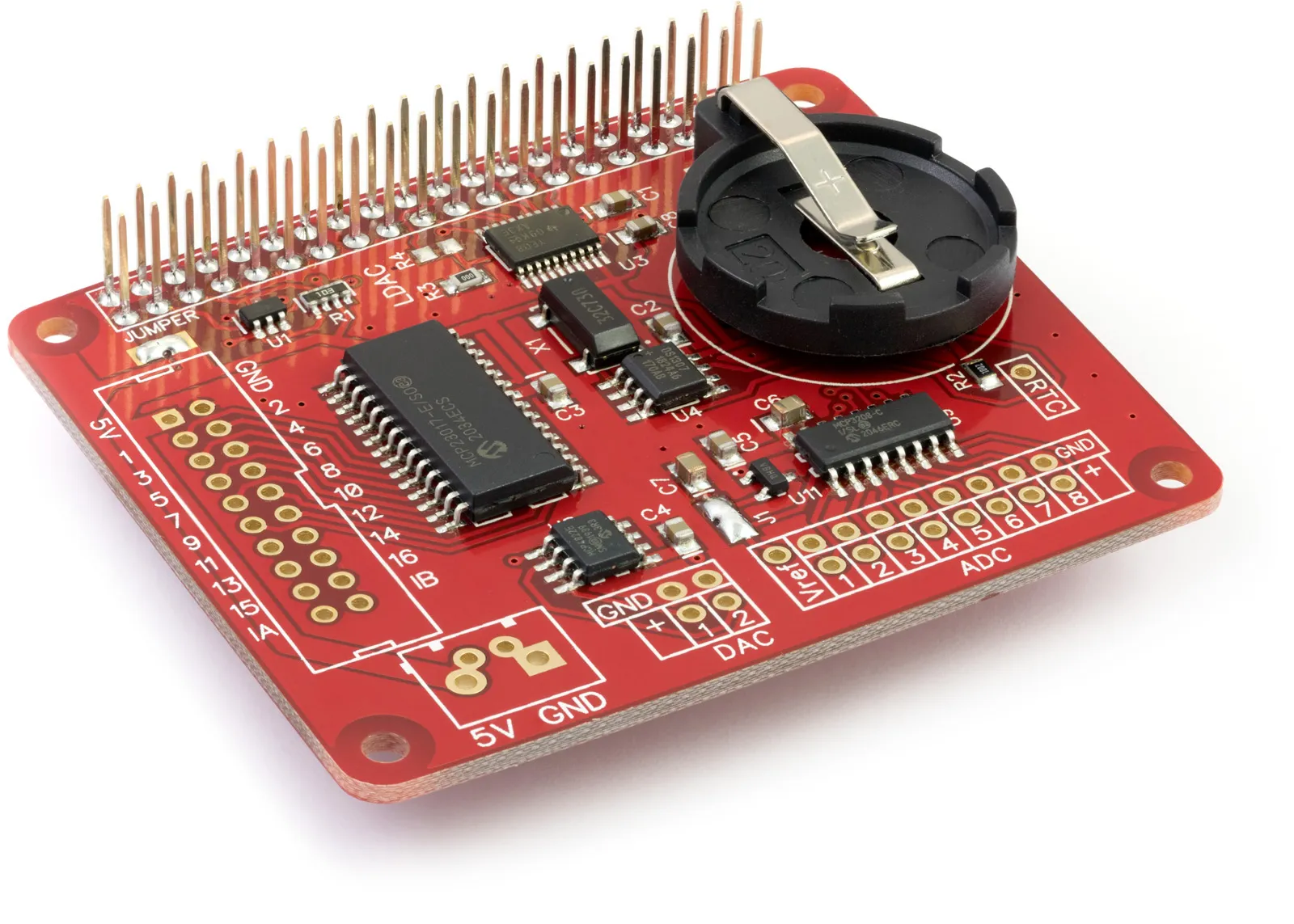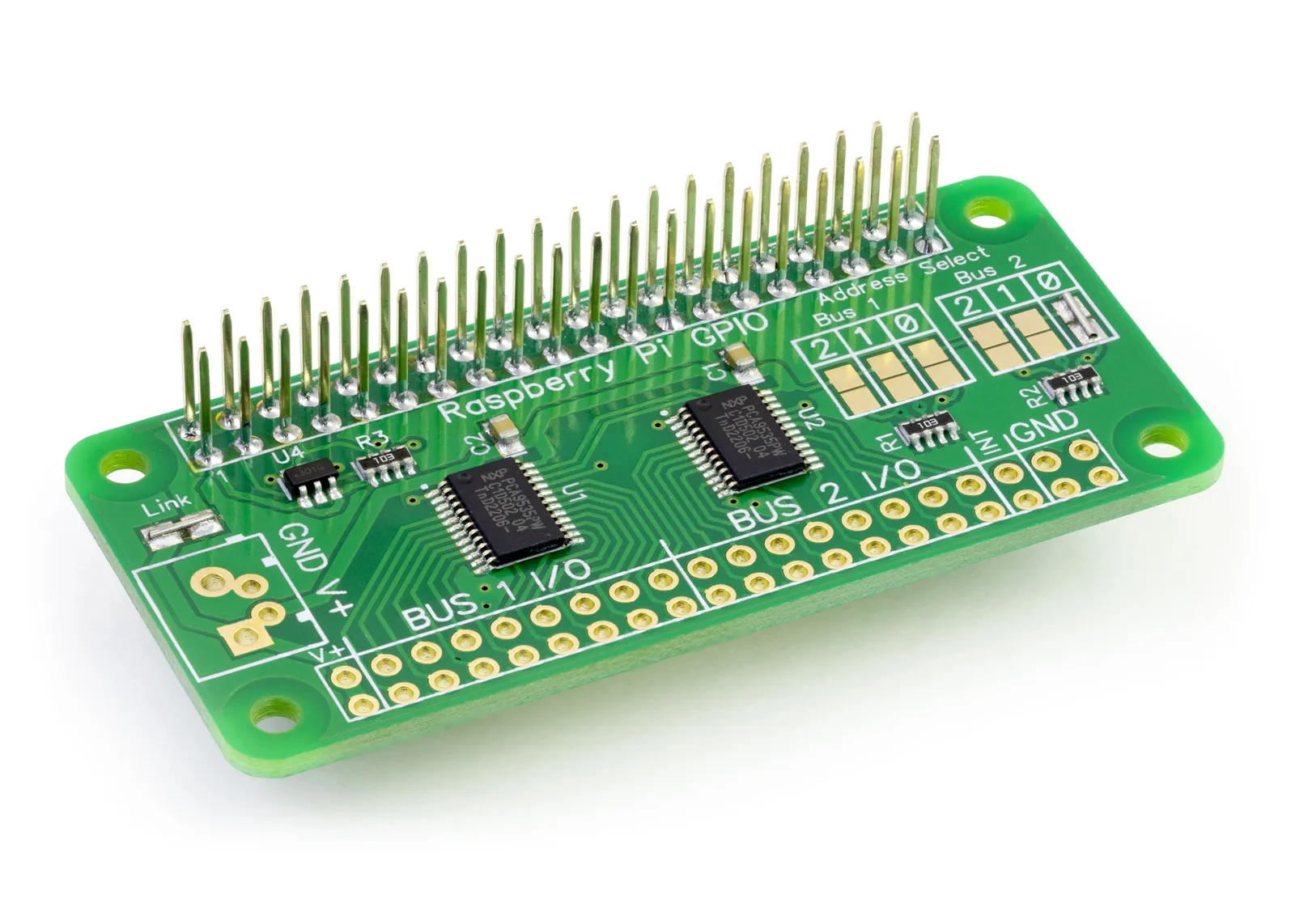
Using the Calculator
To calculate the Input Voltage enter Resistor R1, Resistor R2 and Output Voltage and click Calculate Values.
To calculate the Output Voltage enter Input Voltage, Resistor R1 and Resistor R2 and click Calculate Values.
To calculate the value for Resistor R1 enter Input Voltage, Resistor R2 and Output Voltage and click Calculate Values.
To calculate the value for Resistor R2 enter Input Voltage, Resistor R1 and Output Voltage and click Calculate Values.
What is a voltage divider?
A resistor voltage divider circuit is a simple yet essential electronic circuit used to reduce voltage and create reference voltages. It consists of two resistors connected in series across a voltage supply. The output voltage is taken from the junction of these two resistors. Here’s a detailed explanation of how it works:
Basic Principle
The voltage divider works on the principle of voltage drop across resistors in a series circuit. According to Ohm's Law, the voltage drop across a resistor in a series circuit is proportional to its resistance.
Voltage Divider Formula
Calculating the output voltage Vout can be achieved using the formula:
Where:
- Vin is the input voltage.
- R1 is the resistance of the first resistor.
- R2 is the resistance of the second resistor.
- Vout is the output voltage.
Working Explanation
- Total Resistance: The total resistance of the series combination is R1 + R2.
-
Current Through the Circuit: Since the resistors are in series, the same current I flows through both resistors. Using Ohm's Law, the current is:
-
Voltage Drop Across R1: The voltage drop across R1 (let's call it VR1) is:
-
Voltage Drop Across R2: The voltage drop across R2 (let's call it VR2) is:
-
Output Voltage: The output voltage Vout is the voltage across R2, which is the same as VR2):
Applications
- Reference Voltage Generation: To provide a specific voltage level lower than the input voltage.
- Signal Level Adjustment: To scale down signal voltages to appropriate levels for further processing.
- Biasing Transistors: To provide necessary biasing voltages in transistor circuits.
- Analog-to-Digital Converters (ADC): To create specific voltage levels for comparison.
Example Calculation
Suppose we have a voltage divider with Vin = 12V, R1 = 2KΩ, and R2 = 3KΩ.
Using the voltage divider formula:
Thus, the output voltage Vout is 7.2V.




